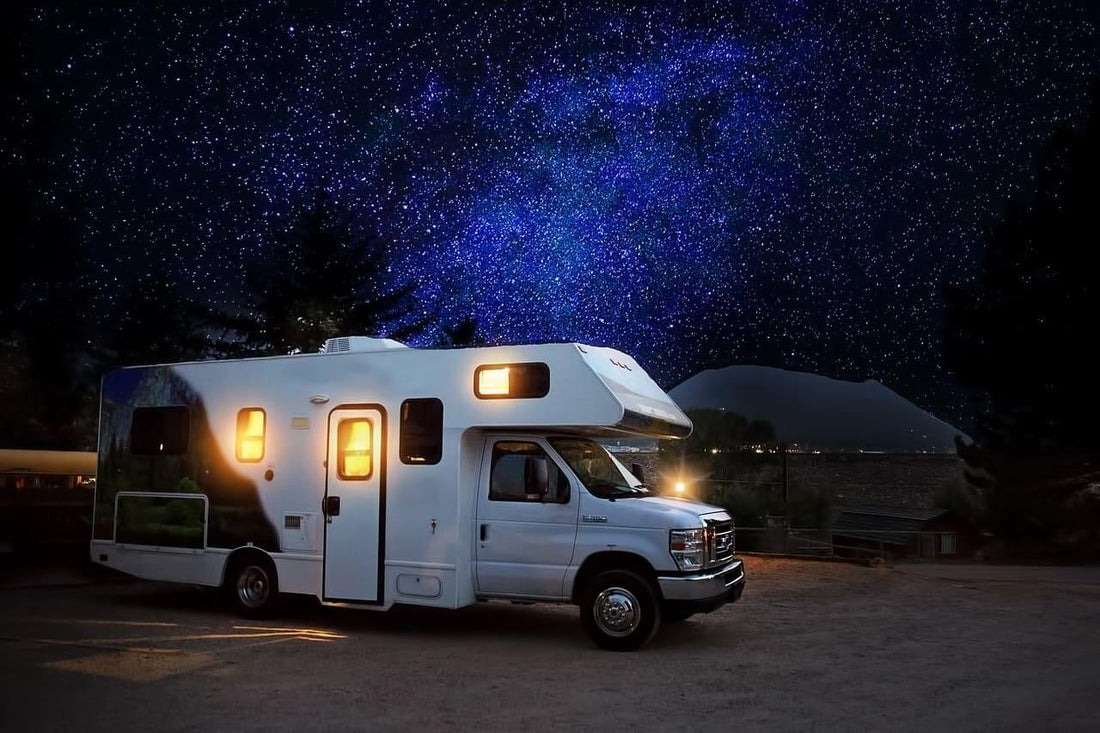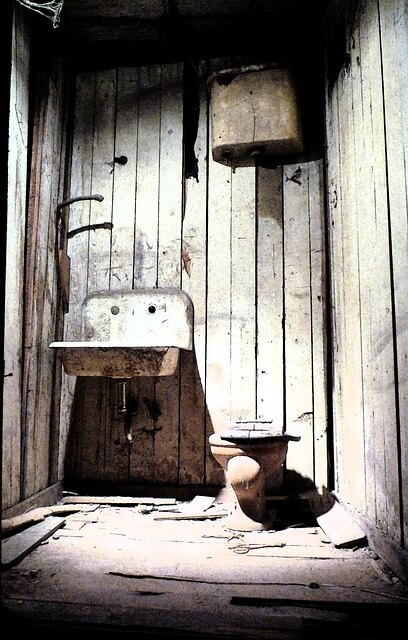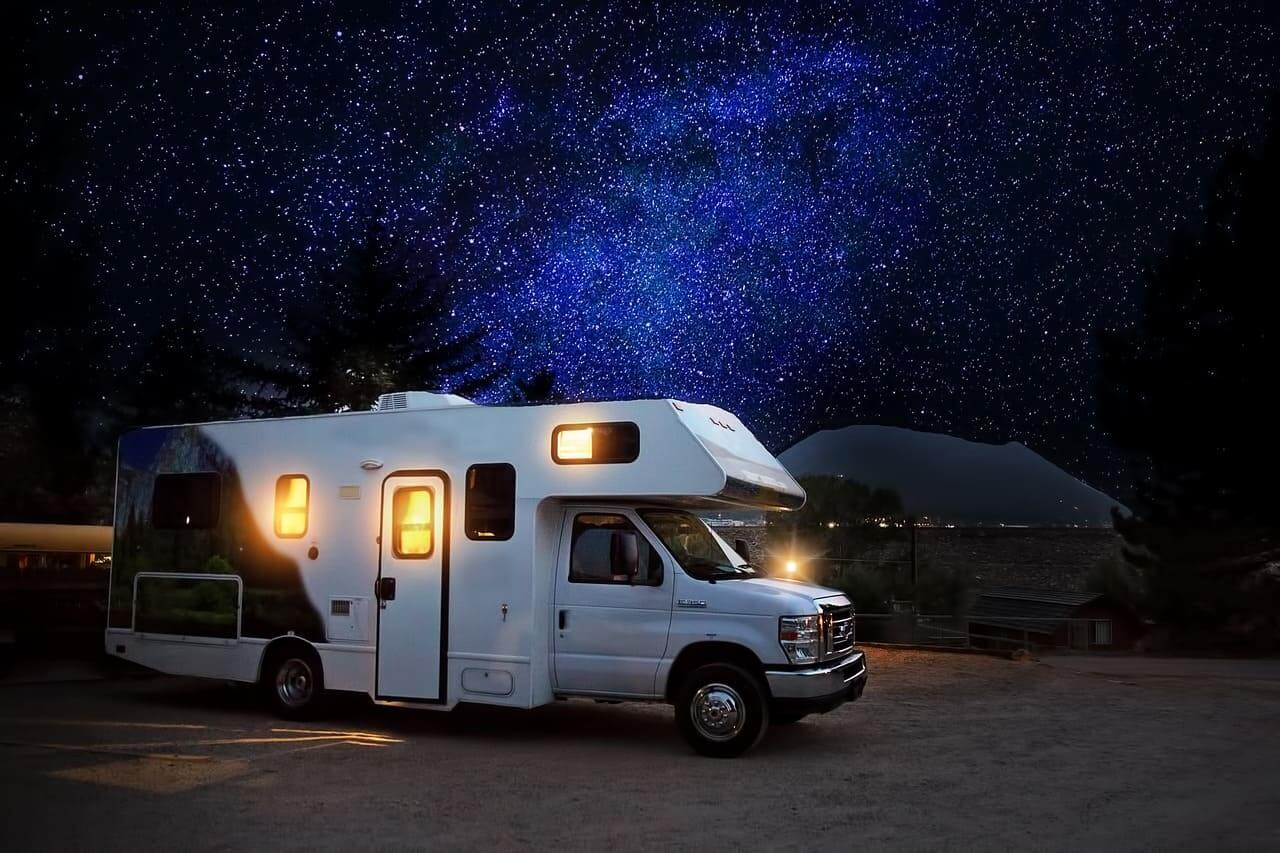
Why the change from a cassette toilet to a composting toilet is worthwhile
Share
Top 6 reasons to switch from a motorhome toilet to a dry composting toilet
You're standing comfortably in the most beautiful place in the world, enjoying the surroundings to the fullest - and the camper van toilet is full again.
As a forward-looking person, you naturally have a second spare cassette with you.
But after 5-6 days at the latest, packed with two full cassettes, you have to go to the waste disposal station.
Far too often we have to leave these wonderful places and struggle with disposal. Because if you're really honest - beautiful is different!
The disposal procedure of the camper van toilet begins:
Gloves on. Close your nose and take out the cassette toilet. A cassette is mighty heavy. The smell literally jumps out at you, not only from your own cassette, but also from the entire motorhome toilet disposal station.
Sometimes you are lucky enough to find two disposal stations next to each other and another traveller carelessly disposes of his cassette right next to it.
Empty, make sure nothing splashes and then rinse. When rinsing, you can also splash yourself, as the water pressure is sometimes very high.
The last thing to do is to prepare the camper van toilet with chemicals again and put it in the camper van.
This is what you can expect with a family of 3 and a cassette every 2-3 days. Have fun!
Now I would like to show you why a dry composting toilet is the better motorhome toilet!
1. Minimise disposal intervals
With a dry composting toilet (TTT), you significantly extend the disposal intervals.
We are talking about 3 to 6 weeks. There is such a long time span here because there are no standardised sizes for the solid waste containers.
So the disposal intervals depend entirely on the size of your container and the number of people using the motorhome toilet.
It is also no longer necessary for you to stand at the disposal areas. You dispose of your waste in the rubbish. Take the bags out of the composting toilet. Open the bin, put the bag in, close the bin - done!
You dispose of your urine in normal toilets, drains or sewers. Diluted urine can also be used as fertiliser. There are countless articles on this topic in the gardening section.
3. Water saving of the motorhome toilet
In a dry toilet, water is completely dispensed with.
Usually, the residues of a normal toilet are flushed with drinking water and ultimately discharged into the sewage system - even in the case of cassette toilets.
This is followed by a complex cleaning process in our sewage treatment plants. Since you discharge a maximum of urine into the sewage system, you make the sewage treatment system easier.
This is your personal contribution to improving the environment.
4. No more disgust factor

All of them report on the "pleasant" smell of the solids. It smells like humus, earth, fresh forest soil or meadow, depending on which litter is used.
By the way, I have already compiled information on the subject of litter for you - here!
You no longer have any faecal liquid here to splash around with, as you would in a normal motorhome toilet when you dispose of it. Everything has dried and has the consistency of compost.
Urine smell can be a bit smelly if stored for too long or with the appropriate food. Personally, this doesn't bother me as, for example, the disposal intervals are in your own hands.
Last but not least, there is no longer any need to drive to a disposal station for the faeces.
The scenarios described above can be completely avoided with a dry composting What do I do with the faeces from a dry composting toilet? Suggestion for composting toilet.
In particular, I would like to mention again that this scenario awaits you at least once a week if you have two cassettes for 3 people. But you also have two of them to dispose of and clean.
5. Renunciation of expensive and dangerous chemical additives
To prevent the usual cassette toilet from smelling, a liquid is added, for example Thetford Aqua Kem blue.
According to Thetford's data sheet, this liquid is "very toxic to aquatic organisms with long-term effects". Hazardous ingredients contained there are: Sodium alkylbenzenesulphonate; 2-BROMO-2-NITROPROPANE-1,3-DIOL.
These substances are acutely toxic, even when inhaled, and irritating to the skin. There are now also "bio" liquids for your camper van toilet, but they come at a price.
With a dry composting toilet, you no longer need such substances. Apart from some litter, possibly compostable bags or a diluted vinegar/lemon cleaner, you don't need anything else.
6. Motorhome toilet - spare parts
If something breaks on your cassette toilet, it is not easy to repair the part and it can also be expensive.
Depending on what breaks. In the worst case, you will need help from a motorhome workshop.
In principle, a dry toilet is simple: Urine separator, urine and solids container - possibly a crank and fan.
If something breaks here, it is usually not a problem for you, as you can replace everything yourself.
Conclusion
As I've shown you in this post, there are lots of advantages to switching from a motorhome toilet to a composting toilet!
So it's worth giving it some serious thought. However, if you need more detailed information, you can find all sorts of things here on the website.
I will also be happy to give you personal advice. Just contact me by e-mail: hello@my-composting-toilet.com .
If you would like to take a look around the composting toilets, I would be happy to welcome you in my shop!
Sources
Pictures – pixabay.com
